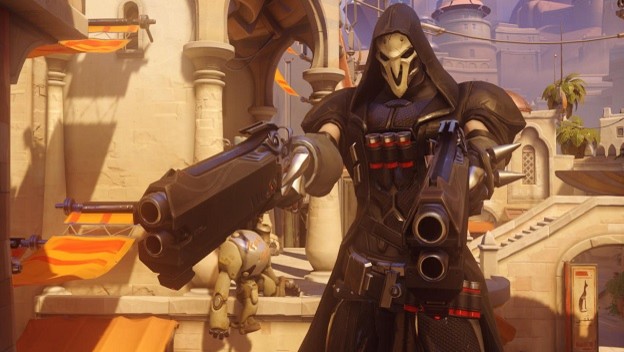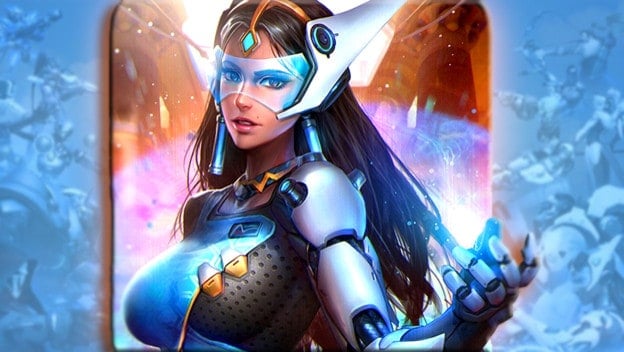Some people are criticizing Overwatch, claiming that the $60 price tag is outrageous for a game that only includes multiplayer. Really, I think the fact that Overwatch is an exclusively multiplayer experience is one of its greatest strengths. I have three reasons. The first reason is it allows Blizzard to focus wholly on something it does extremely well: competitive multiplayer. All of its time and attention can be allocated to making this the most balanced and fun competitive shooter out there, and if the beta was any indication, I think it’s on the right track. The second reason has to do with money. Cliffy-B speculated in an interview that the long, fancy campaigns we play in our first-person shooters tend to eat up somewhere around 70% of the budget. That’s an overwhelming amount of money that Blizzard has left over to make this game perfect, to develop additional content, and to create fantastic short movies, which leads me to the third and most important reason.
It has allowed Blizzard to do some very open-ended (but intentional) world building and character development that is already paying off in a huge way. At the time of writing Blizzard has released four, short CG movies set in the Overwatch universe: there was the original trailer, Recall, Alive, and Dragons . The first trailer blew everyone away and confirmed that this is Blizzard at its storytelling finest. I remember a few minutes in thinking that it had the shine and charm of a Pixar movie, and countless others have made that comparison since. It was fun, light on specifics, and heavy on action.
The three following shorts have followed the same formula, but with a narrow focus on a small handful of heroes. These shorts are brilliantly open-ended; perfectly vague. Watching Recall , for example, we get the impression that Winston is the brains behind this Overwatch team: a ragtag band of heroes who have the power to save the world, but for some reason aren’t supposed to. None of the blanks are filled in for us. We’re only given impressions, and the rest is up to us to imagine.

For some reason that I quite can’t put my finger on, this makes the characters feel more relatable. I feel like I get to be a part of their story. From the original trailer and Alive , for example, we know that Tracer and Widowmaker are rivals of sorts. They’re both the other’s foil character in many ways, but Widowmaker isn’t decidedly evil. There’s a little gray area there, and at times it almost feels like when the she’s fighting with Tracer it’s more of a lighthearted contest. This leaves room for players to come up with interesting story scenarios when a Tracer and Widowmaker end up on the same team – clever, bitter dialogue between them in-game, even as teammates, adds to the mystery of their relationship. This interesting, ambiguous relationship is something that wouldn’t be possible if a single-player campaign laid out a chain of events to show us exactly what they mean to one another.
The latest short, Dragons , plays the same game. It gives a backstory for Hanzo and Genji that is simultaneously informative and obtuse, giving us enough information to care more deeply about these characters without telling us how their story is supposed to end; that’s left for us to decide when we choose to play as them in a match. It really opens up that door to be a kid again, gathering your favorite action figures from various cartoons together and creating fascinating stories that justify their working together or fighting one another.
This character and world building has been extremely intentional, and Blizzard is pulling it off masterfully. 10 million open beta participants indicates excitement; endless pages of incredible fan art and waifu debates over characters in a game that’s not even out yet indicates dedication. Blizzard has already hit it out of the park with Overwatch , and I can’t wait to see how this universe continues to evolve in the future.
Image Credit: NeoArtCore
